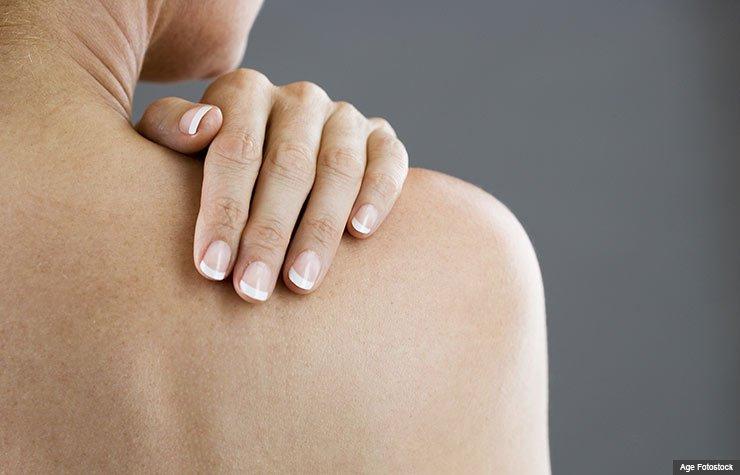

Pitriazis rosea; It is characterized by round-oval shaped rashes, thin pink, pink colored, which can occur in the trunk.
What is the cause of pitriasis rosea?
Pitriasis (rind) is a disease that means rosea (rose colored) and occurs more during the winter months. Although it is suggested that they occur with viruses, the cause is not known. It is more common in public life. It is mostly seen during adolescence and youth.
Is the disease contagious?
This situation is doubtful because it is more frequent in crowded environments, although there is no definitive information about the infectiousness of the disease.
What are the findings of Pitriazis rosea?
The disease usually begins with a single focus (messenger plaque) in the trunk, then rashes appear around it. The first rash is larger than the others and can be spread over the entire trunk and arms and legs in about 2 weeks. These rashes are pink-colored round or oval-shaped and have a white shavings of a fine white on them. This dandruff from one end of the skin to hold the end of a collar-like appearance gives free. The rash can give an image in the form of a ar Pine Tree acı, especially when it is on the ridge. The disease is rarely itchy.
How is Pitiriazis Rosea diagnosed?
Your dermatologist can make a diagnosis with a clinical examination. In some cases, mushroom testing can be performed from thin shells to exclude skin biopsy or other diseases to confirm the diagnosis. The disease resolves spontaneously within 6-8 weeks. However, irritating the skin after the first rash called the reporter plate may cause the disease to increase. Therefore you need to be careful.
Can Pitriazis Rosea be cured?
The disease can be completely cured. In limited cases, without the need for any medication, the disease completely resolves spontaneously. Will the skin remain in the skin? Once this disease has resolved, there is no trace.
• Antihistaminic tablets are recommended in pruritic cases when moisturizers are adequate in uncommon cases.
• In some cases, cortisone creams may be recommended by your doctor for a period of 1-2 weeks, as the course of the disease may show a progressive pattern.
• The normal course of the disease may last for 6-8 weeks. For this reason, the first reporter should avoid frequent skin irritation and skin irritation from the time of the onset of rash.
• If there is no improvement or decrease in the period exceeding two months, it should be examined by the dermatologist again.